The transportation and logistics business is a key part of global trade. It has changed a lot in the past few years because of Artificial Intelligence (AI) technologies. AI is in every part of the supply chain. From route management and predictive repair to efficient inventory management and self-driving vehicles. These improvements have not only made things easier to do. But, they have also brought about levels of speed, safety, and cost-effectiveness that was never seen before.

In this blog, we’ll look how AI has changed the transportation and shipping industries. It brought us into a new era of innovation and growth.
Intelligent Route Optimization
Planning the most efficient routes for transportation involves manual calculations and estimations. Route-optimization algorithms now use AI to take into account a wide range of factors. It includes factors like traffic patterns, weather, vehicle load, and delivery dates. AI can change routes and help drivers avoid traffic jams, use less gas, and deliver things on time by analyzing real-time data. This saves money and makes customers happier.
Predictive Maintenance
AI-enabled sensors and predictive analytics have changed the preventive maintenance aspect of the industry. Transport companies can now track the health of their vehicles and equipment in real-time. AI algorithms can detect potential issues before they escalate. It enables timely maintenance, reduce downtime, and prevent costly breakdowns. This proactive approach not only saves money but also improves safety on the roads.
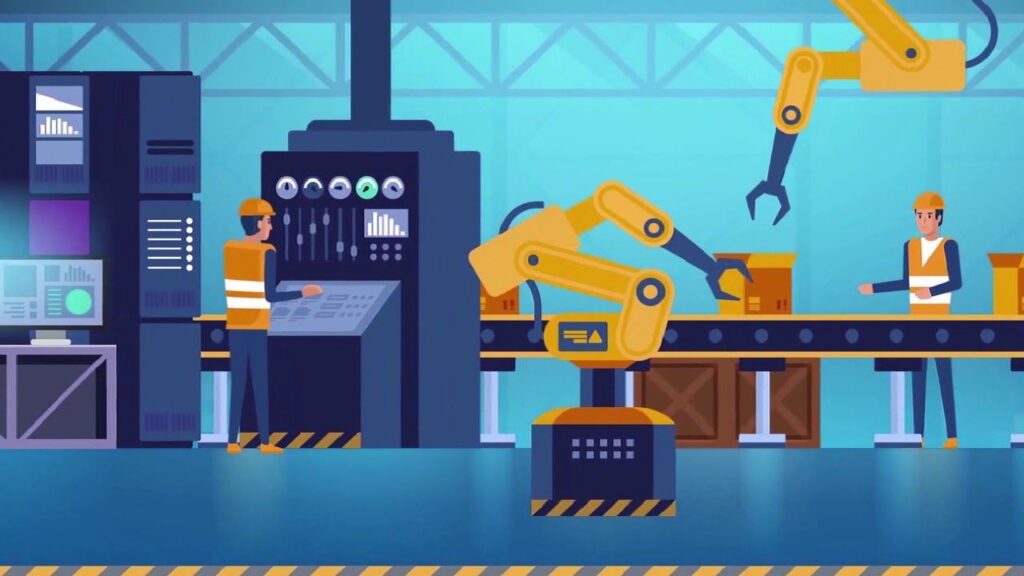
Smart Inventory Management
Managing inventory is crucial in logistics. AI has made it possible to create advanced systems for managing inventory. These systems use historical data and predictive analysis to guess the amount needed. These systems help businesses get the most out of their inventory, save money on storage, and avoid running out of stock. The use of AI in inventory management makes sure that goods are available when the need arises. This improves the performance of the supply chain.
Enhanced Fleet Management
AI-driven fleet management solutions have transformed how companies oversee their vehicles and drivers. Real-time tracking and monitoring tools help managers keep an eye on where their fleet is, how fast it is going, and how it is acting. With this information, companies can optimize paths, make sure drivers are safe, cut down on fuel use, and improve fleet efficiency.
Autonomous Vehicles
Self-driving vehicles is the most important thing that AI has done for the transportation and logistics business. Self-driving trucks and drones are being used to move goods. This cuts down on the need for human help and lets operations run nonstop. Autonomous vehicles claim to make roads safer and could help transportation companies save money.
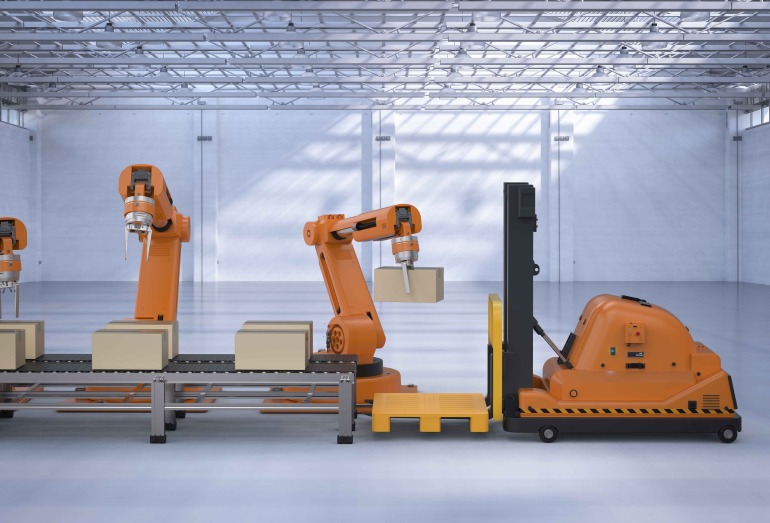
Efficient Warehousing Operations
AI has made a big difference in how they pick, pack, and sort goods inside buildings. Robots driven by AI can pick things off of shelves. This saves people time and reduces mistakes. Also, smart algorithms arrange the goods in the warehouse in the best way possible. This cuts down on unnecessary movement and makes the most of the storage space.
Demand Forecasting and Customer Service
The ability of AI to look at huge amounts of data has made it easier to predict demand. It helps provide better customer service in the transportation and shipping industry. Companies can now plan for changes in demand trends and make changes to how they do business. Also, chatbots, and virtual assistants driven by AI answer the customer’s questions. This makes for better communication and customer satisfaction.
Real-Life Examples:
Tesla’s Autopilot:
Tesla is a company that makes electric cars and was one of the first to use AI in the transportation business. With the Autopilot mode, Tesla cars can find their way and drive themselves in some situations. The AI-powered system uses sensors, cameras, and machine learning algorithms. It understands the surroundings, find obstacles, and make choices about how to drive in real time. Autopilot from Tesla not only makes driving more fun for its users, but it also makes roads safer by lowering the chance of mistakes.
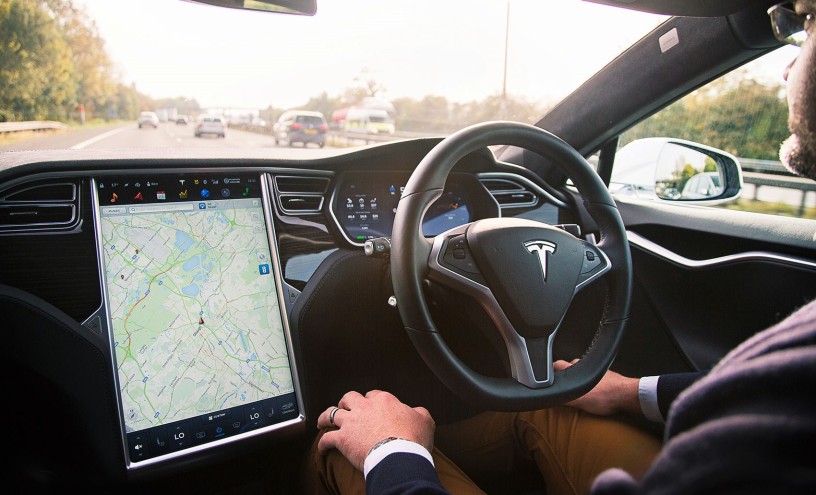
Amazon’s AI-Powered Warehousing:
Amazon is one of the biggest e-commerce companies in the world, and it uses AI to improve its warehouse and shipping processes. Robots controlled by AI and have computer vision can pick and pack items in Amazon’s huge warehouses. Together with human workers, these smart robots help get jobs done faster and with fewer mistakes. Amazon’s AI-driven warehouse system has made operations more efficient. It also helped them deliver the orders to customers faster.
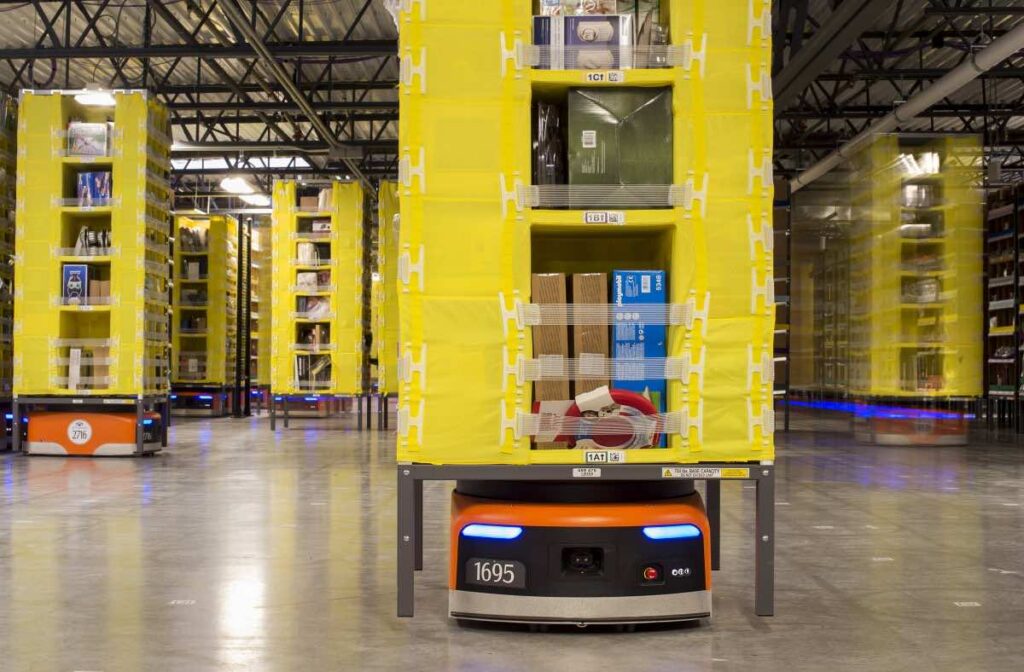
Maersk’s Predictive Maintenance:
Maersk, one of the biggest shipping companies in the world, is using AI to change the way it takes care of its ships. Maersk can keep track of important parts in real time by putting advanced sensors and AI tools on its ships. These AI systems look at data from different sources to figure out when equipment will break down before it does. This preventive approach helps Maersk avoid expensive breakdowns, cut downtime, and improve vessel performance. These things save a lot of money and make maritime operations safer.
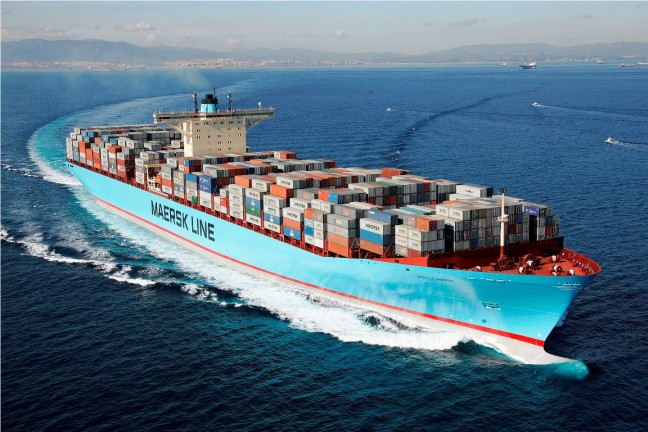
Uber Freight’s Intelligent Route Optimization:
A division of the ride-hailing giant Uber, Uber Freight uses AI to change the way things move on the road. Uber Freight’s AI-powered platform optimizes routes for truck drivers by looking at past and real-time data. This makes sure that deliveries are on time and uses the least amount of fuel. This smart route planning helps drivers by cut down on their downtime. It also helps shippers and carriers cut costs and improve the efficiency of the supply chain.

The use of Artificial Intelligence in the transport and logistics business has led to big changes that were once thought to be in the future. From route planning to the development of self-driving cars, AI technologies have increased safety, cut costs, and improved customer service. As AI technology continues to improve, we can expect even more ground-breaking innovations. This will make the transportation and logistics sector a smarter and sustainable environment. AI-driven solutions are no longer an option for businesses that want to stay competitive and grow in this fast-paced industry. Instead, they are a must.


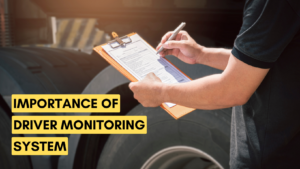

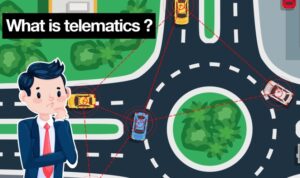
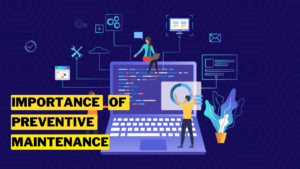
Leave a Reply